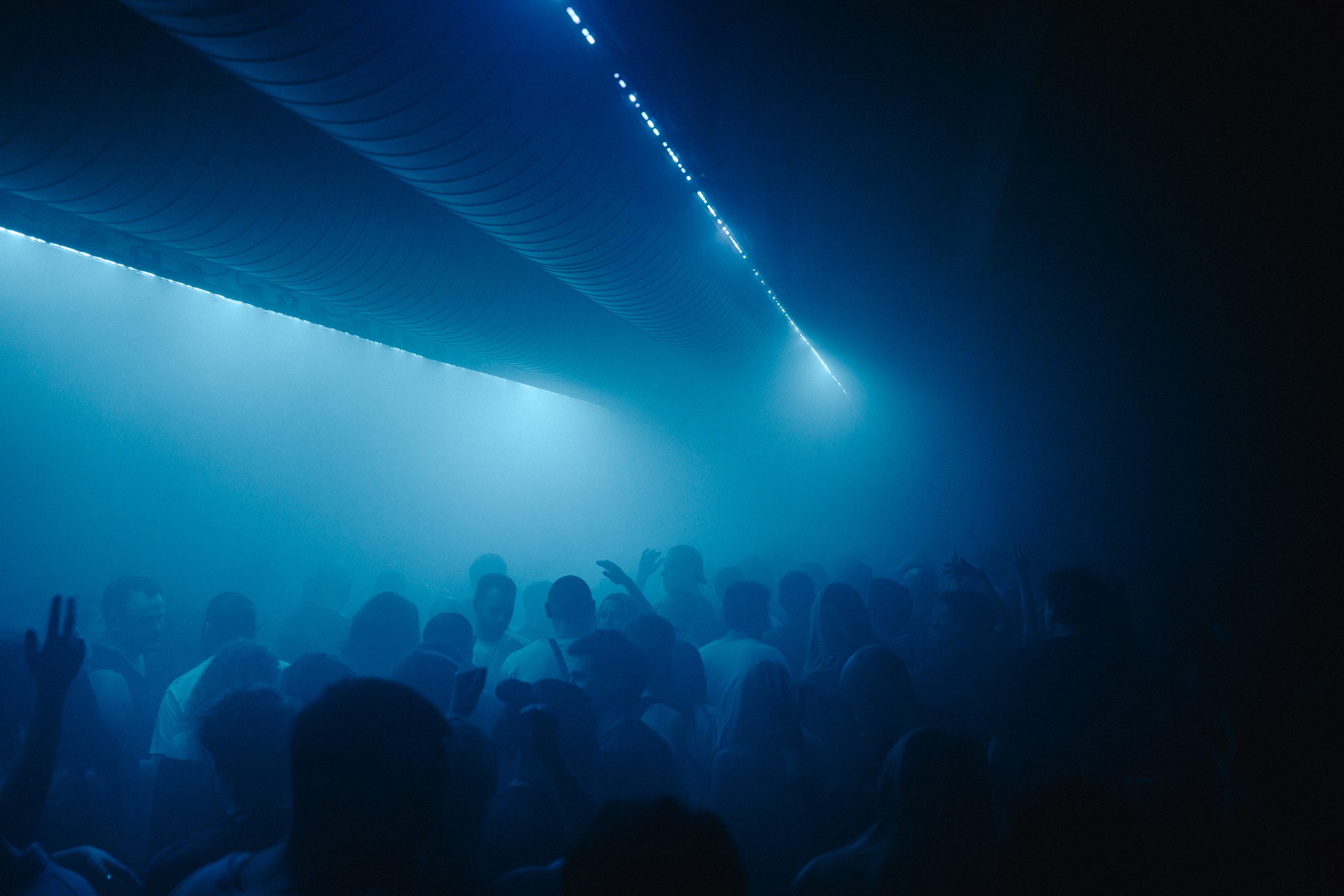The 24-hour TikTok ban in the United States sparked panic, memes, and most of all, questions. What happens if the app actually does get banned? How does that affect electronic music and emerging DJs? While this temporary restriction happened on the other side of the Atlantic, it made promoters, agents, and artist managers elsewhere wonder: are we all a bit too dependent on content apps for discovering new music?
This winter was dark. For many of us, clubbing is an escape from the greyness, or, if you’re anything like most people in your age group, so is screen time. Studies show that screen time increases in winter, and apps like TikTok and Instagram Reels are designed to keep delivering dopamine hits.
Think about the last few songs you added to your playlist. Chances are, you first heard them through a screen. Most viral edits you’ll hear on dance floors, or straight-up bops, owe their popularity to TikTok. Not everyone is at the mercy of the algorithm, but plenty of people discover their latest micro-obsessions through the app. So, it’s no surprise that major record labels, artist agencies, and managers have built entire marketing strategies around video virality.
For young people in the US, the impending TikTok ban was only a 12-hour major headache, but for content creators and especially young musicians, this meant mass hysteria. How would people find their music now? The next day, a sigh of relief must’ve been audible throughout the country. But in the electronic music world, a lingering question remained: can artists still break through without content apps like TikTok? If there’s no flashy video of you online, does your music even exist? Maybe it’s finally time to reconsider how we engage with music. Could this be the shift we waited for? Some of the best moments on the dance floor are the ones never filmed. Take a club night like Fluid, where visitors receive stickers to cover their phone cameras, preventing them from recording. Without the pressure to capture content, the energy in the room flows more freely between dancers and artists.
Of course, technology isn’t the enemy. TikTok and similar platforms have undeniably democratised music discovery. As we now know, Spotify pushes its own AI creations before genuine music by independent artists, and the pay per play does not stimulate music careers. So by taking matters into your own hands, artists who might never have been picked up by traditional labels now have a direct line to listeners. But when virality dictates what we hear, does it still allow space for real artistic evolution? There’s a difference between music that grows on you and music that’s designed for a 15-second dopamine hit.
As the lines between online and offline experiences blur, the challenge is finding balance. There’s nothing wrong with discovering your next favorite track through an algorithm and agents or managers building a strategy around video to push their artists forward or amplify voices, but there’s something irreplaceable about hearing a song for the first time on a packed dance floor, surrounded by people moving as one. Maybe that’s even more viral when word spreads: music not just through a screen, but in a moment that belongs only to those who were there.
So, instead of worrying about an algorithm, maybe the real question is: are we letting content apps dictate our experience of music, or are we ready to reclaim it on the dance floor?
At the end of the day, artists shouldn’t have to chase trends to be heard. The ones who stay authentic, who make music because it moves them, not because it fits an algorithm, will always find their audience. And as listeners, we have a role to play too. If we want to keep the culture alive, we have to show up. Not just online, but in the club, on the dance floor, in the moments that can’t be replayed.
Words by Meike Jentjens
